Marketing Strategies for Tiska Plus: A Consumer Behavior Analysis
VerifiedAdded on 2023/04/25
|9
|518
|250
Report
AI Summary
This report analyzes the marketing strategies of Tiska Plus, an Australian-based retail organization, focusing on consumer behavior. It examines social, environmental, and individual factors influencing customer decision-making. The report identifies key factors such as family, social status, store environment, and individual differences like exposure, attention, interpretation, and memory. It recommends strategies for Tiska Plus, including developing cultural ambience, adopting social media marketing, creating an attractive store layout, celebrity endorsements, and maintaining standard product quality. The target market is identified as middle and lower-class consumers. The conclusion emphasizes the need for Tiska Plus to develop marketing strategies based on these recommendations. The report includes a comprehensive list of references supporting the analysis. This assignment is a case report and video presentation evaluating customer attitudes and switching behavior to provide an innovative sustainable marketing solution.
1 out of 9
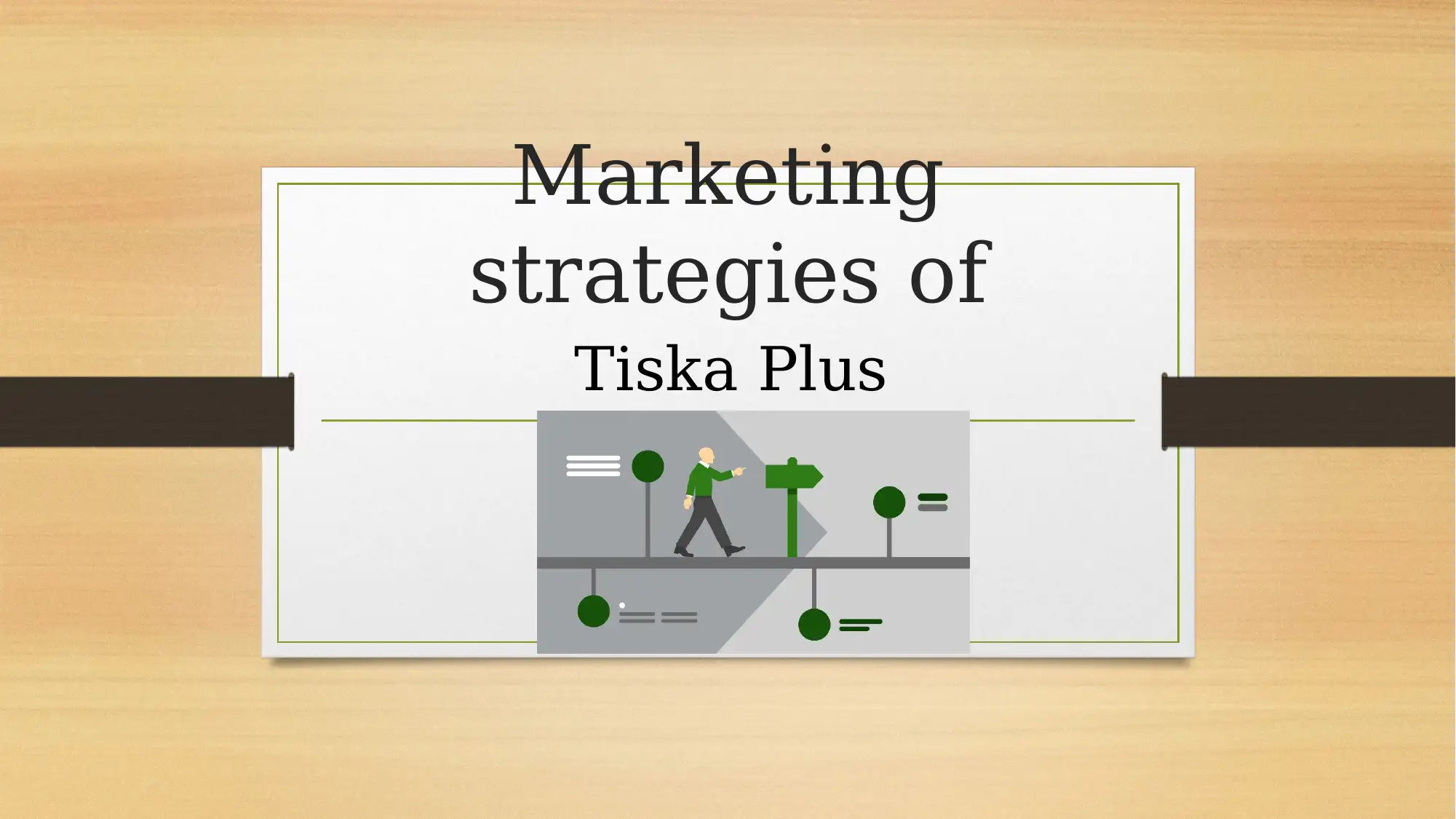
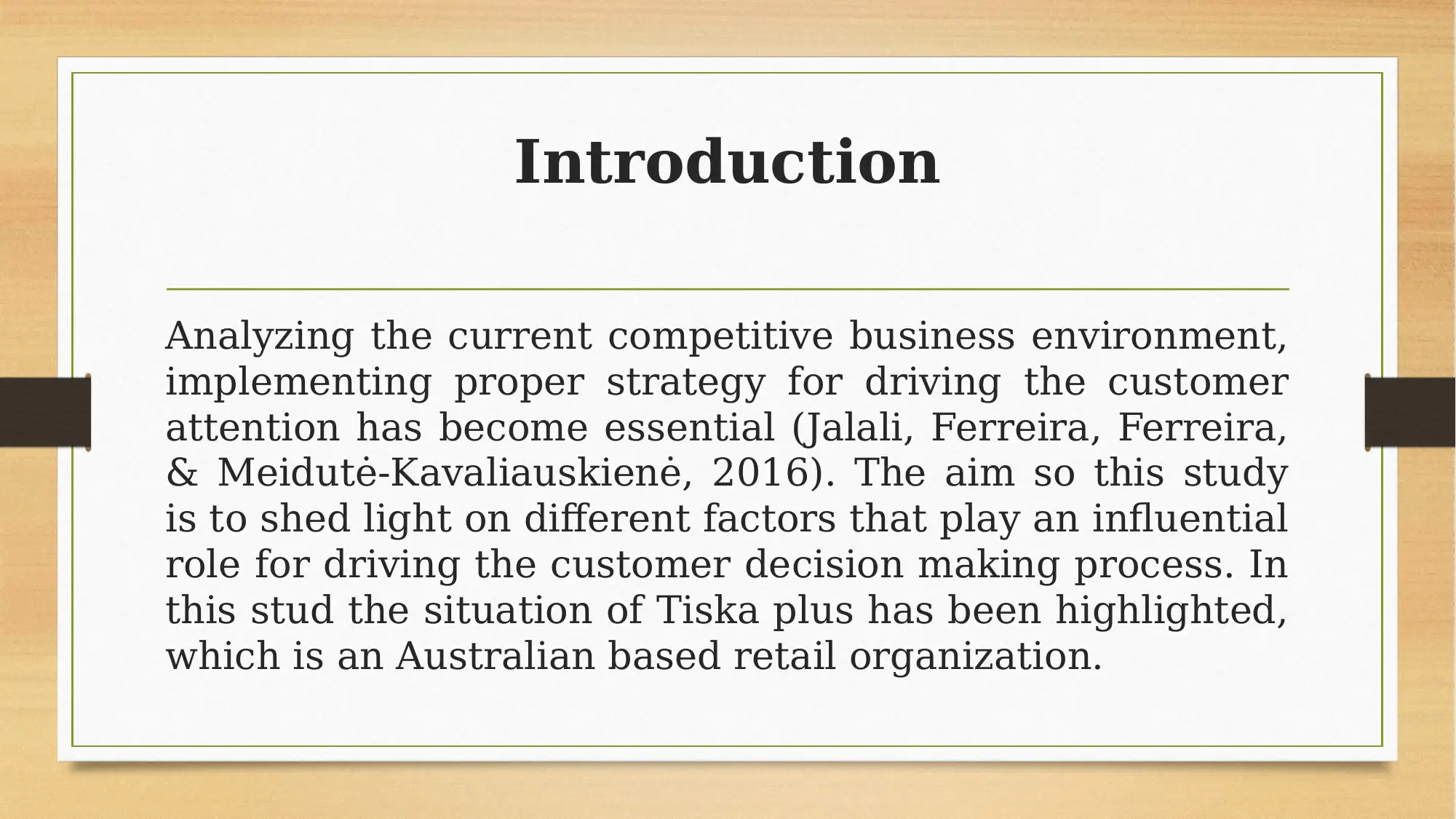



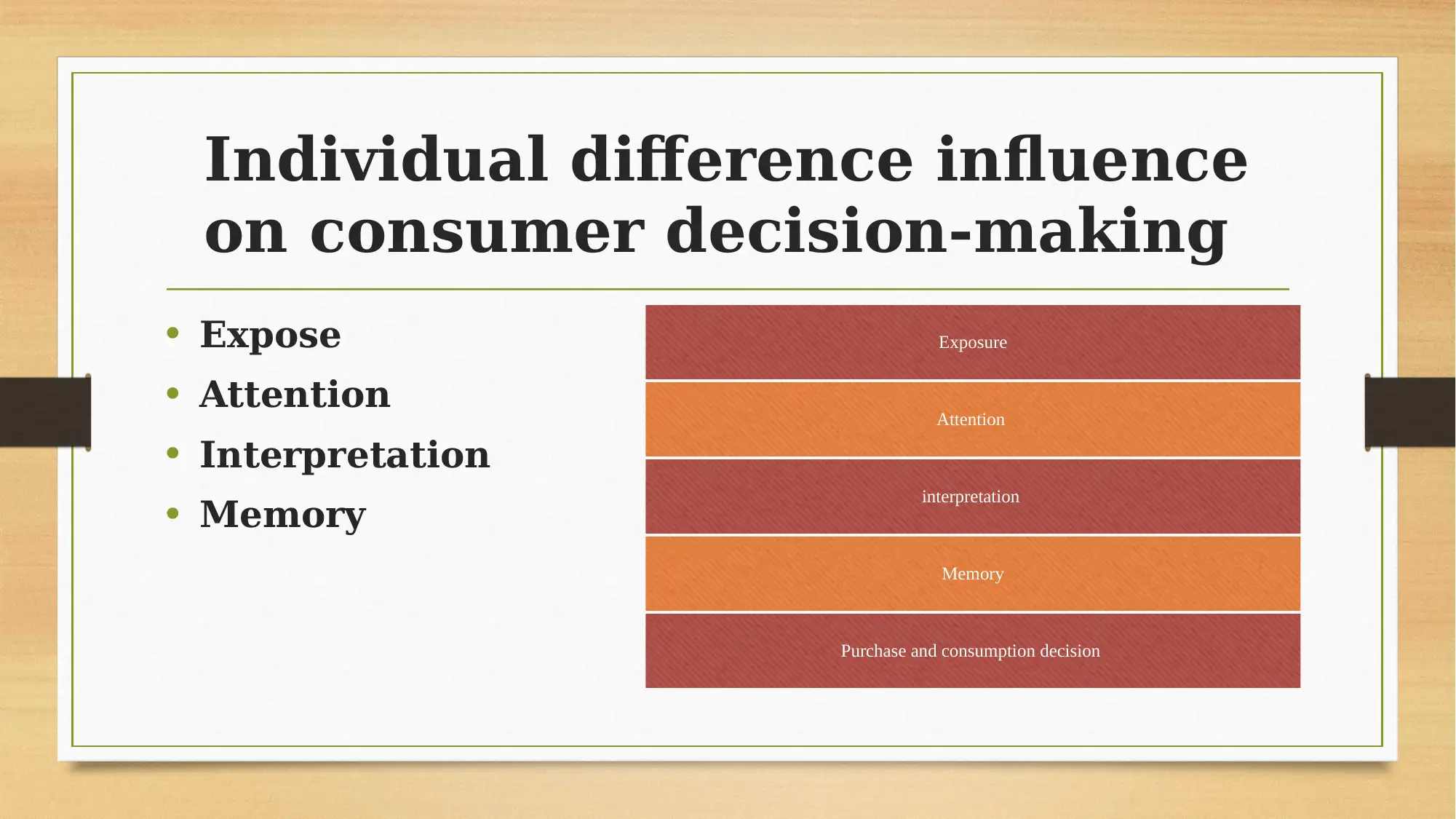
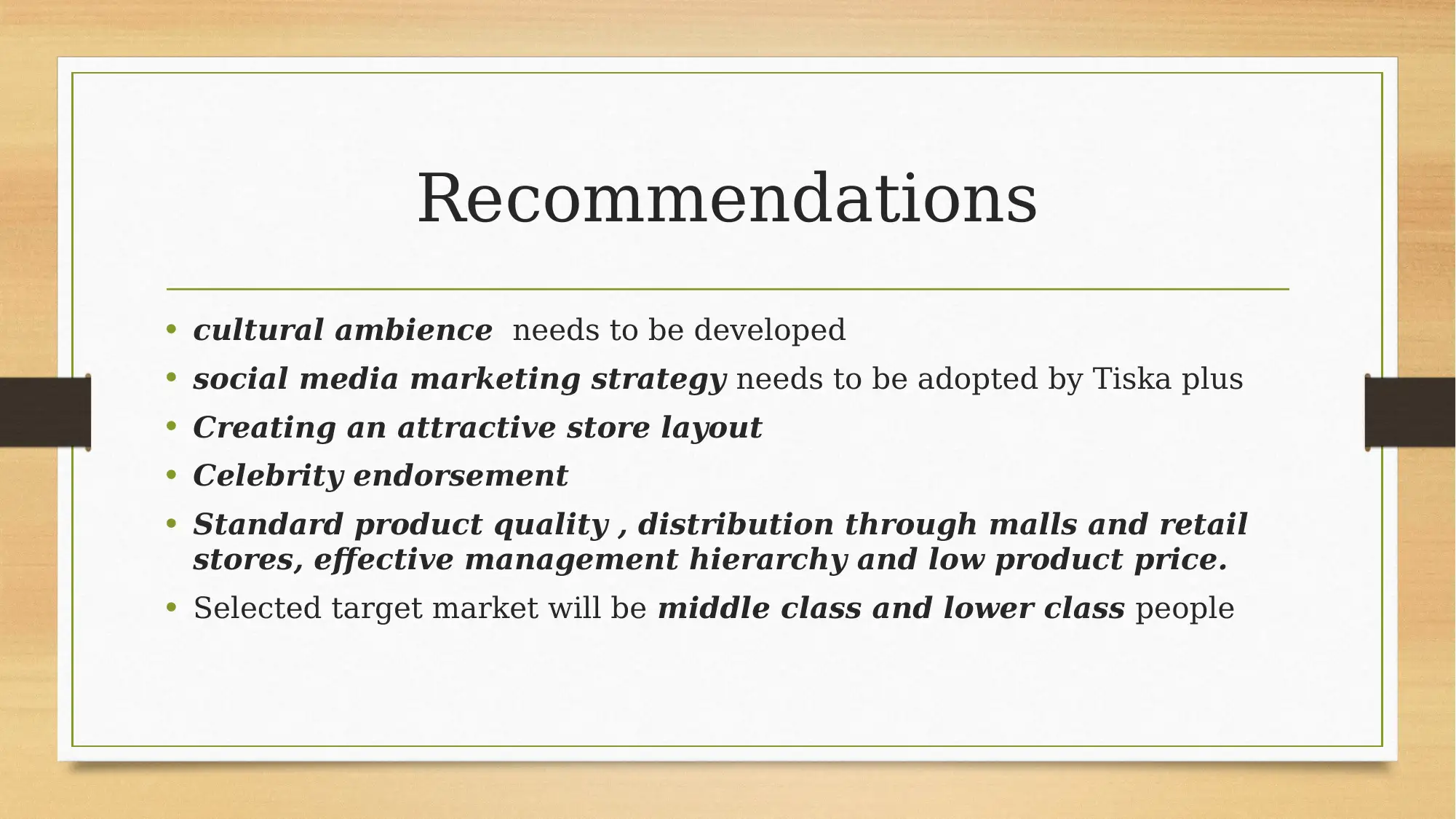
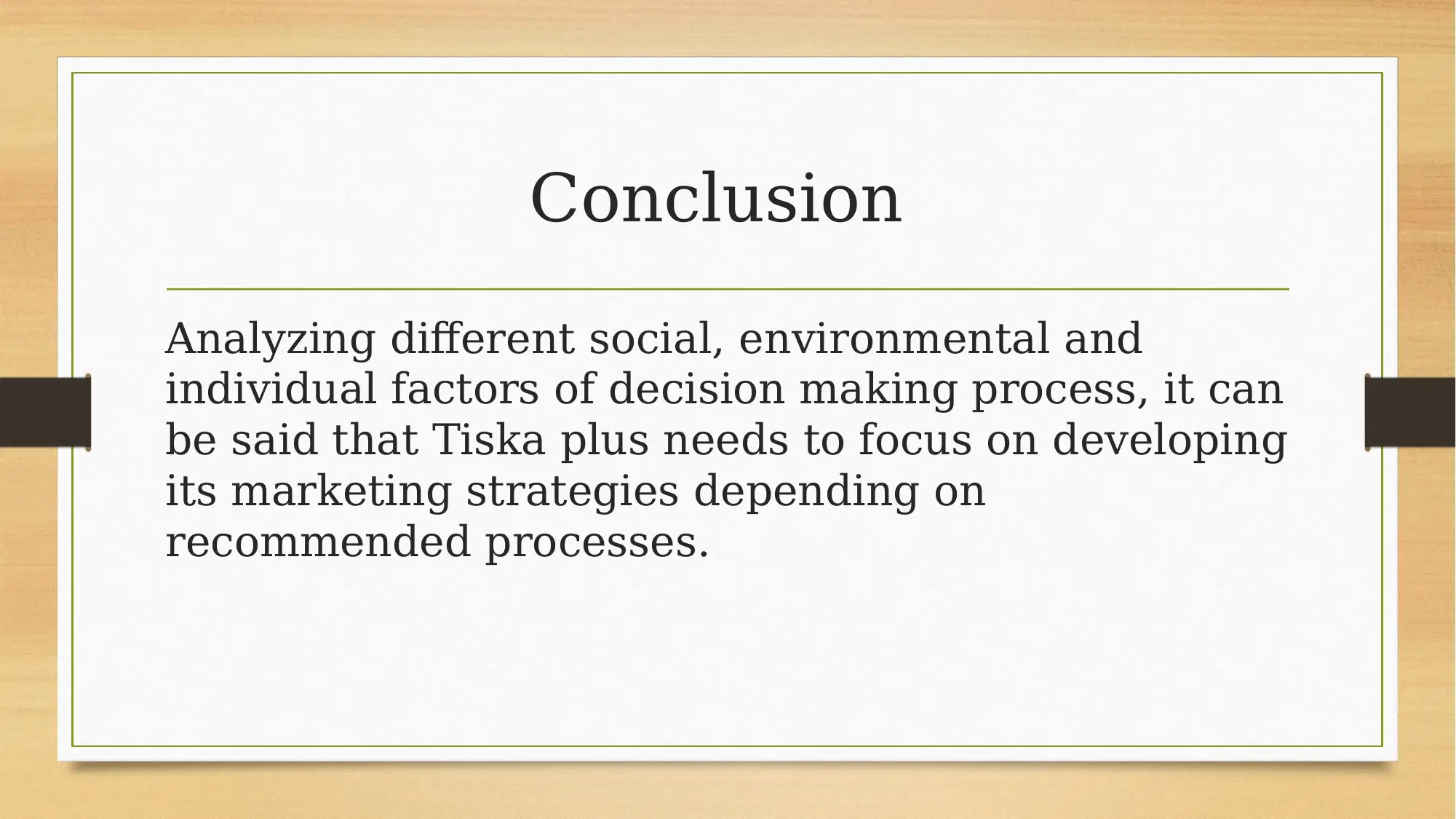
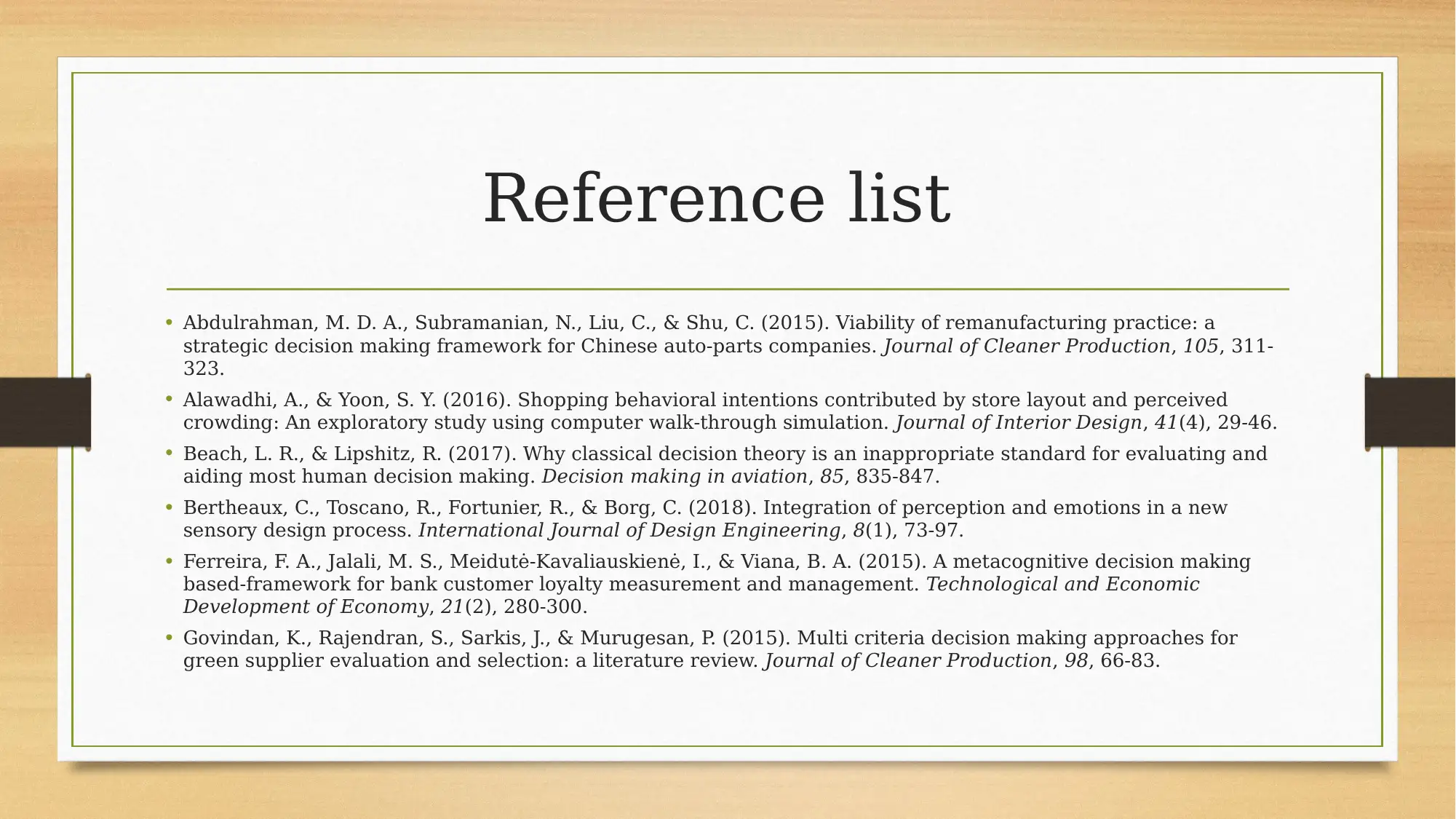






![[object Object]](/_next/static/media/star-bottom.7253800d.svg)